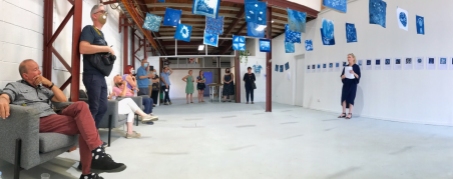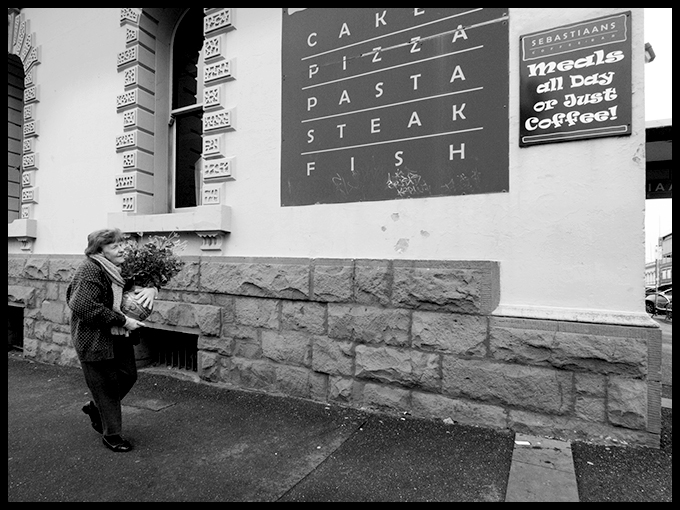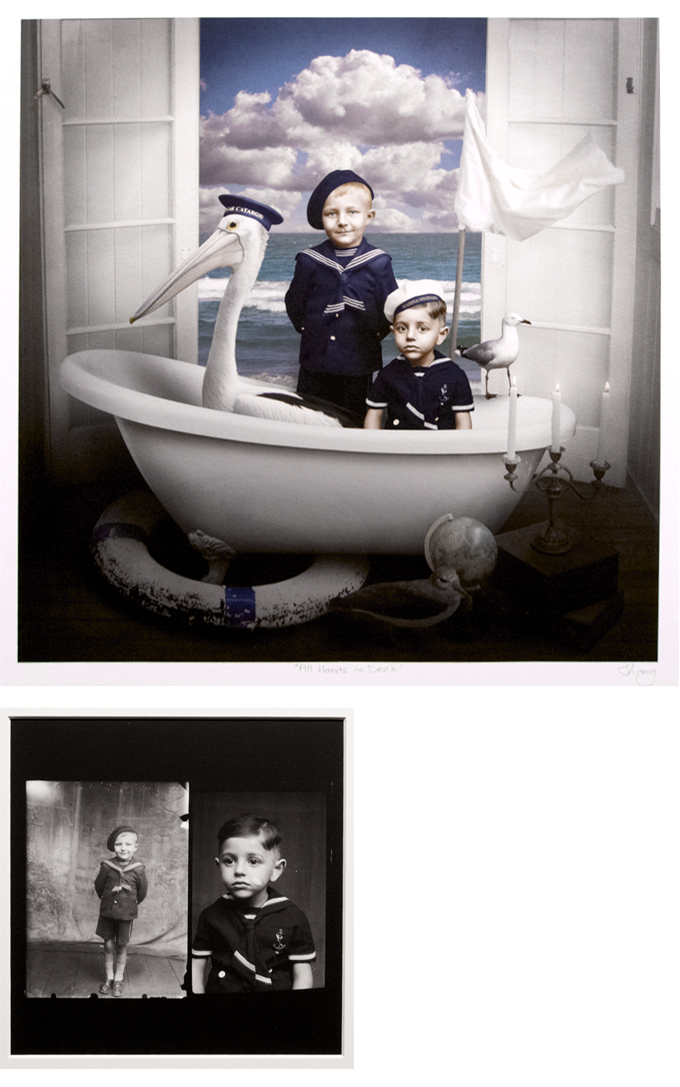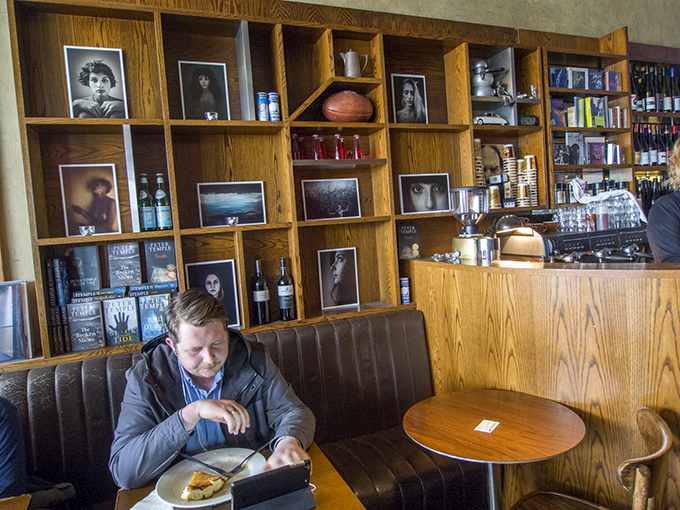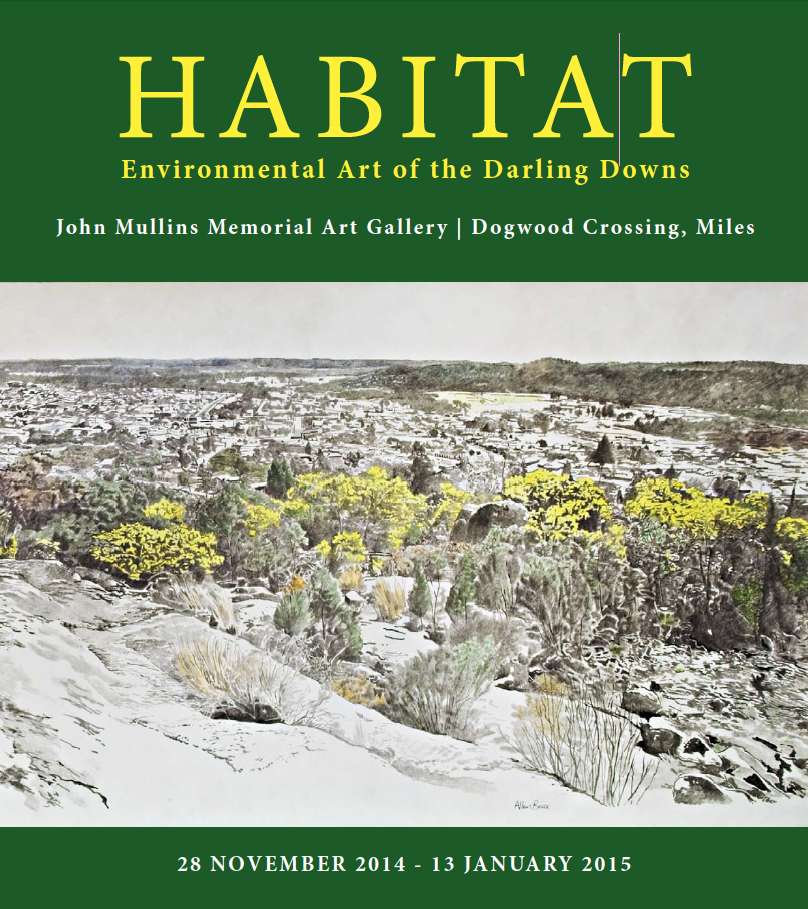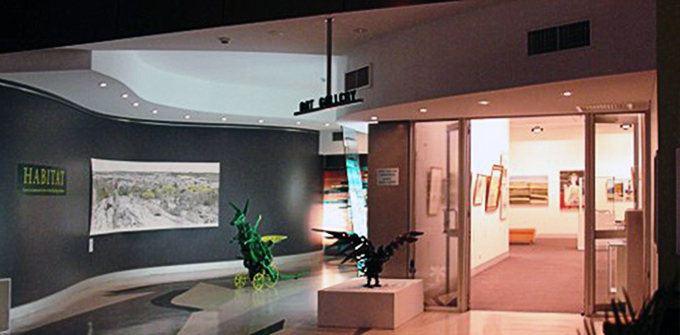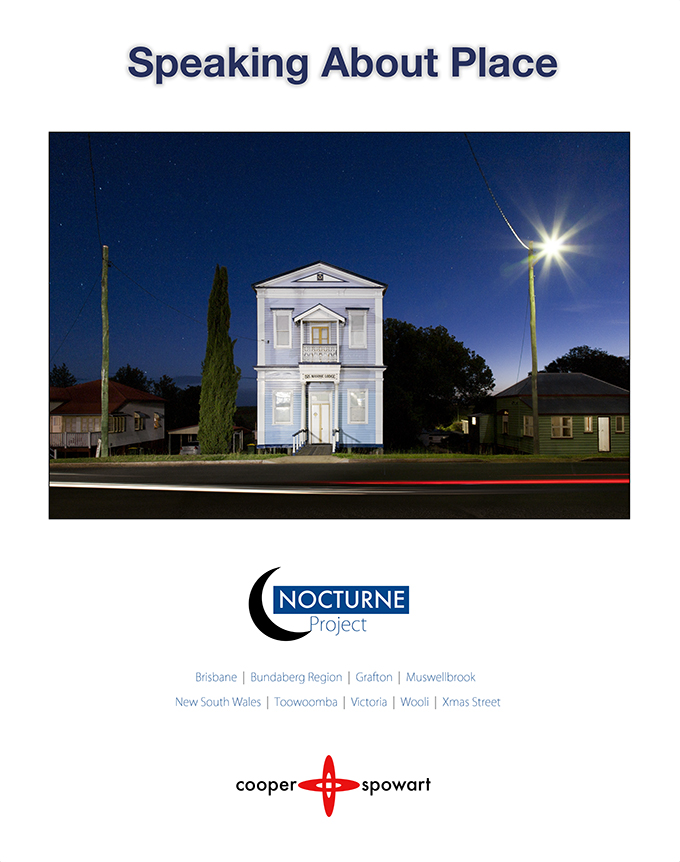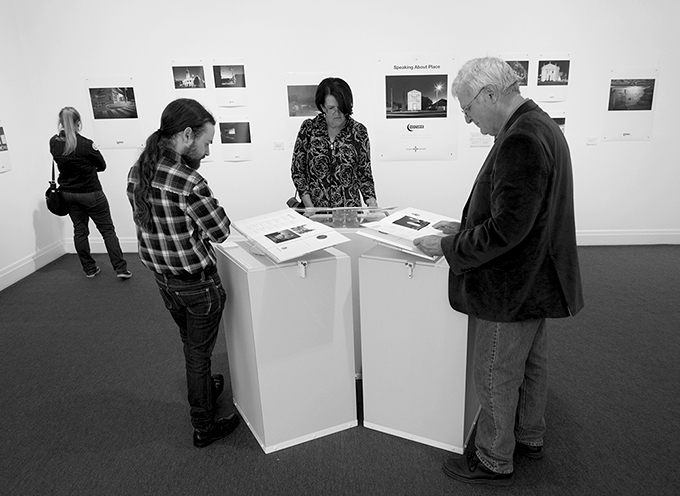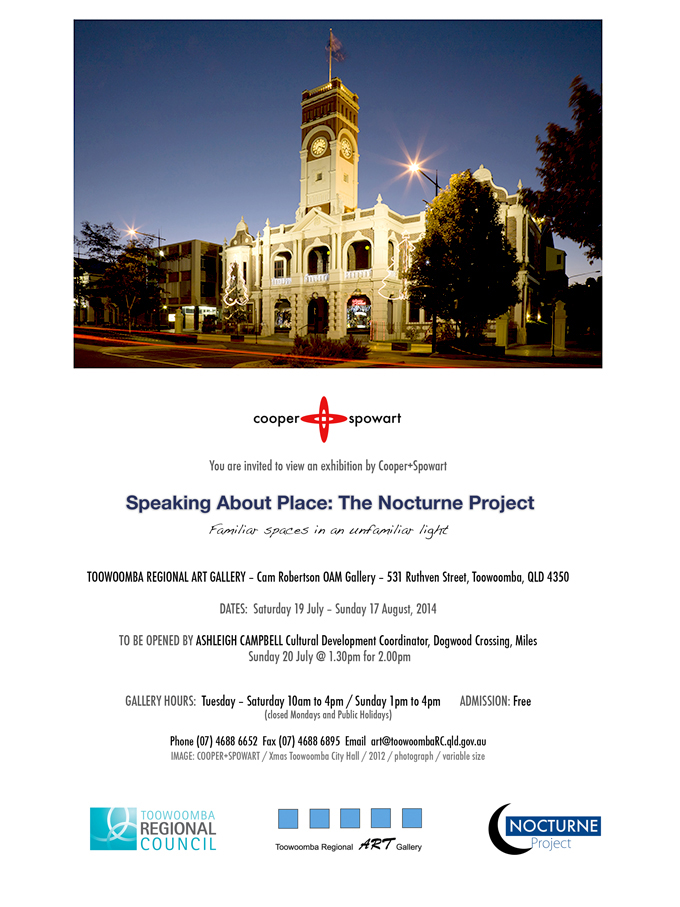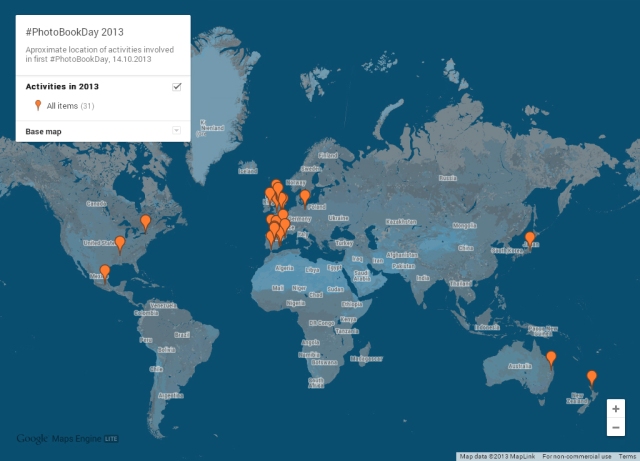Archive for the ‘Uncategorized’ Category
A MOVING EXPERIENCE …
For over seven years we have been on the road.
We’ve travelled from north Queensland to Southern Tasmania and west to Adelaide. We’ve met amazing people and communities; presented photobook and cyanotype workshops, coordinated exhibitions, events and meetings. We’ve been welcomed into people’s homes and had the opportunity to stay for longer periods of time in certain places by doing ‘house-sits’ and being ‘doggie-minders’.
Always on our travels we’ve been on the lookout for a place to live. Somewhere close to landscape, central to vibrant localities and cities and of course friends. Affordability of real estate always was a concern and over the years the number of times we were told “you should have been here last year” left us needing to keep looking.
That search is ow over and we’ve found the place that we will make into our home – Here is the story of our recent move from Toowoomba to Benalla in August at the height of the Pandemic …




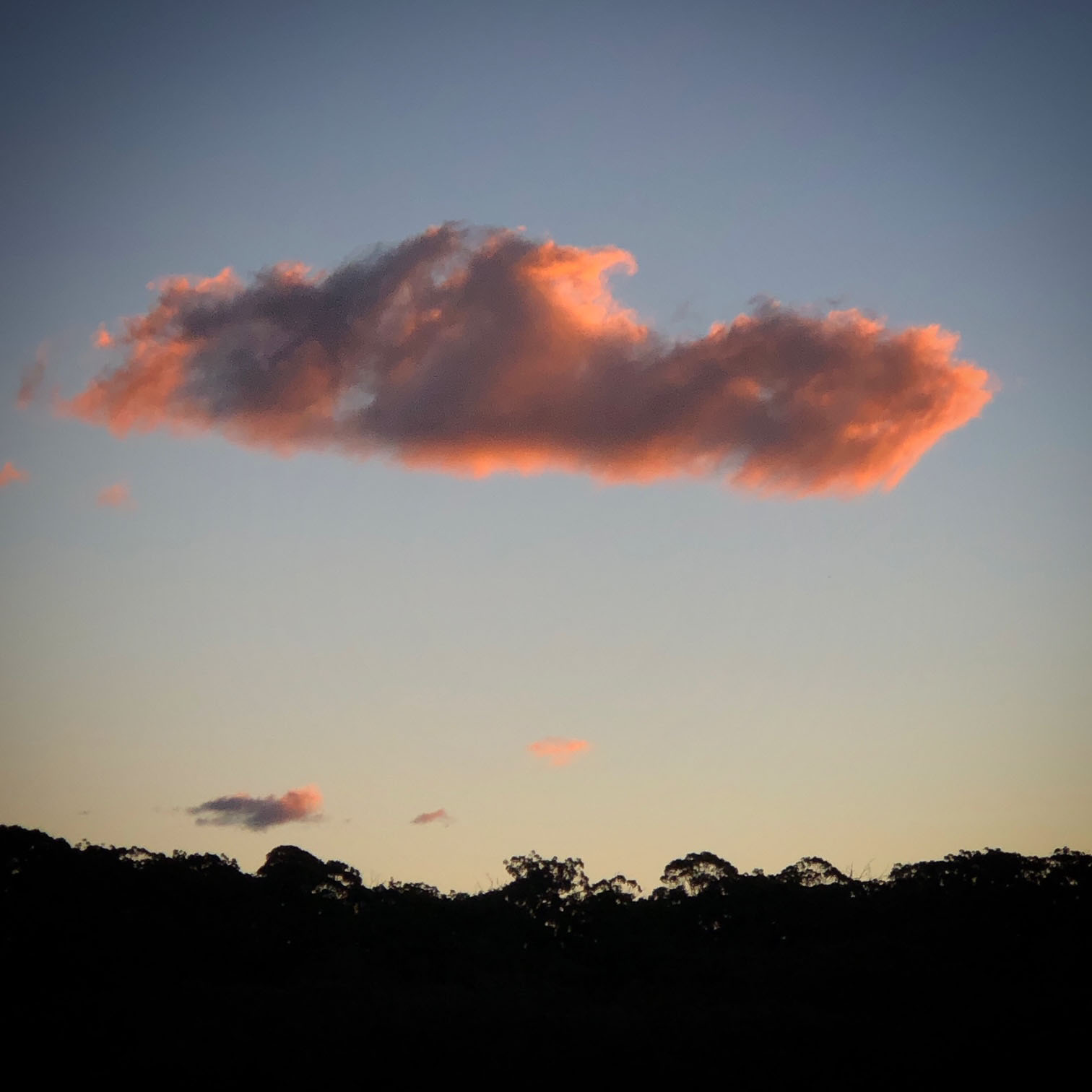







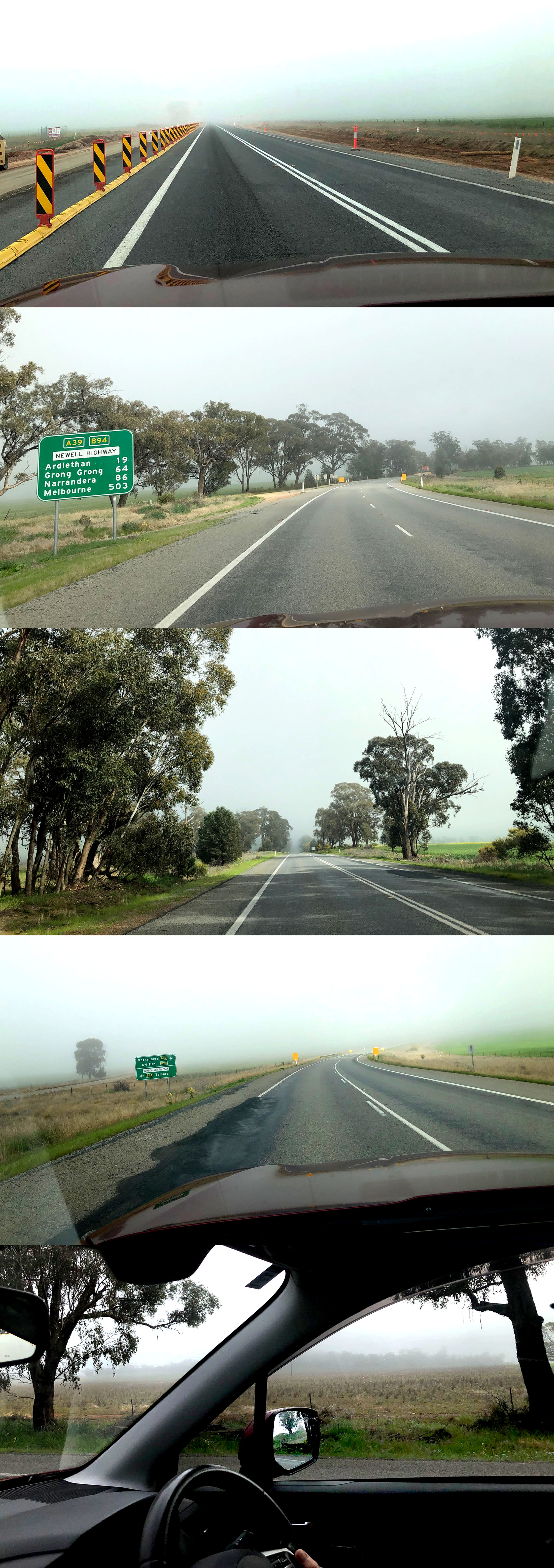








2021 WORLD CYANOTYPE DAY – IN AUSTRALIA

.
World Cyanotype Day was held on September 25 this year and around the world cyanotypers celebrated the day with exhibitions, workshops and gatherings.
In Australia the group THE CYANOTYPE IN AUSTRALIA presented an exhibition by 29 artists from this region (including New Zealand), as a satellite event to the main celebration at the Anna Smith Gallery in Texas the United States.
Curated by the Cyanotype in Australia team of Gail Neumann, David Symons, Victoria Cooper and Doug Spowart the exhibition was presented at KEPK Gallery in Brisbane. With lockdowns everywhere around Australia the gallery was able to receive visitors.
Alongside the exhibition we have published a catalogue of the exhibition that contains all the prints, the presentations, and an essay about a member’s personal family research on cyantype heroine Anna Atkins.
Here is a selection of photographs from the exhibition opening as well as a link to the catalogue
“CLICK” this link to download the Catalogue
.

.
.
.
THE CYANOTYPE IN AUSTRALIA’s previous World Cyanotype Exhibition Catalogues
.
2020 – ONLINE CATALOGUE
.

WCD 2020 CYANOTYPE IN AUSTRALIA_Catalogue
.
2019 – ONLINE CATALOGUE

WCD 2019 CYANOTYPE IN AUSTRALIAN_Catalogue
.
2018 – ONLINE CATALOGUE

Cover – In Anna’s Garden Catalogue
WCD 2018 CYANOTYPE IN AUSTRALIA_Catalogue
.
.

.
.
.
NGV ART BOOK FAIR: See my books on the MomentoPro table
SEE MY PHOTOBOOKS Channeling Harvey Benge and A Compendium of New Zealand and Australian Photobooks on the MOMENTOPRO table at the NGV Art Book Fair in Melbourne over March 16, 17 & 18, 2018.
MomentoPro printed my latest two books and they have them on their table as examples of the work that they do.
.
Book 1. Channeling Harvey Benge
The text from the colophon:
In 2015 I was invited to make a
presentation on photobooks at the
Auckland Art Gallery as part of the
Auckland Festival of Photography.
One of my photobook heroes is
Harvey Benge who was overseas
at the time and was unable to
attend the symposium.
I documented my attendance at
the Festival and created this
personal narrative relating to my
few days in New Zealand.
This little book also doubles as
homage to Benge’s book ‘A short
history of photography’.
A MomentoPro Preview of the book can be seen here: SPOWART-Channelling Harvey Benge-book
.
Book 2. A Compendium of New Zealand and Australian Photobooks
.
.
Hope you can visit the ART BOOK FAIR and see my books …
.
.
.
.
.
BOOK DUMPING: Clearing the library shelves
I found Robert Frank’s Americans in my cornflakes packet today. Yesterday I found bits of Irving Penn’s Passage: a work record and Cartier Bresson’s Decisive Moments in my Epson inkjet paper box. And the black and red flecks in the Mercury Cider carton I’d just purchased from Dan Murphy’s where from Trent Parkes’ Dream Life and Robert Holden’s Photography in Colonial Australia: The Mechanical Eye and the Illustrated Book respectively. Whether we like it or not books are slowly and systematically being slipped off the shelves in public libraries and research libraries in institutions across the nation to end up as recycled pulp for new books and boxes and cartons as well as landfill.
In 2014 the University of Sydney Medical School was found to be secretly dumping books. A significant article on this and the institutional practice deaccessioning (dumping) books by Elizabeth Farrelly was published in the Sydney Morning Herald in 2014 entitled Library book dumping signals a new dark age. She wrote:
In May, Sydney University announced its library “restructure”. This magnificent library, among the country’s finest, had already, a decade earlier, deacquisitioned some 60,000 books and theses. More recently there were further, unquantified and undeclared cloak-and-dagger dumpings to make space for the wifi and lounge-chairs that have given the once magical Fisher stack the look and feel of a church playgroup.
I found it interesting to do a Google search of the terms <books dumped in skips dumpsters> and discovered more instances of the destruction of books. There were many articles about book dumping including one from 2005 in The Guardian reporting the University of London’s Octagon Library dumping stacks of books in skips outside the library. Left to the elements these books, some dating back to the 19th century, were in peril until students and staff rummaged through to salvage what they could. The article quotes author, publisher and campaigner for libraries Tim Coates as saying:
A library is a collection of books, it’s not a building. Throwing out books because you are having a refurbishment is like moving house but saying I won’t bother taking my family with me.
Progressively real books are disappearing fast from community and institutional libraries. If you talk to the librarians, who love the books that they are custodians of and are sworn to protect, these book dumpings are being directed by library managers who use include factors such as refurbishment and re-utilisation of library spaces as the need for their actions.
Aiding the downsizing process is the use of automated book culling software that analyses the user demand for books held by the library and prepares a deaccession list for books with low or no borrowing or patron access. For public lending libraries whose borrowing clientele may be towards popular fiction and children’s books other Dewey groupings may suffer. The use of this kind of software causes a whole range of books to be stripped from the selves and causes frustrations for librarians who want to maintain a broad range of subject matter. This can lead to desperate acts. Jason Ruiter of the Orlando Sentinel newspaper reported how staff at the East Lake County Library created a fake library patron in 2016 who then proceeded to check out 2,361 books over nine months. The ruse was reported and library staff were reprimanded or had their employment terminated.
The heart of the problem is that the knowledge economy is shifting from physical assets to the online presentation of virtual resources. In a somewhat charged conversation I had with a State Librarian around 18 months ago I was informed that the particular library had 1 million physical visitors over a year and 20 million online visits or ‘hits’. The Librarian continued by saying that they, in conjunction with a consortium of institutions with similar strategies, were directing funding to support the online user. What can be put online and be remotely searched and accessed is the focus of these institutions. My argument was that although page-turning software may make available remote viewing of the usual codex form of the book, books like artists’ books that have so many more features and physical attributes that could not be conveyed online. At best, I said, was that the online presentation of an artists’ book could only be like a travel postcard to an exotic place that could be used to encourage the virtual viewer to visit the real thing.
Very recently the effects of library downsizing have become very evident to me. For 20 years I nurtured an institutional special library collection relating to photography. Dutifully, with the support of my fellow staff members, we dispensed the yearly library budget by acquiring the best books that represented the industry and the art of photography. Despite having my own professional library I considered the institutional library as an extension of my bibliophile activities. Special books beyond my personal budget were able to added to the library and as a diligent seeker of discounted and remaindered books, I occasionally bought two copies of heavily discounted books – one of which I donated. At times, through professional networks and contacts when opportunities to get complimentary copies of books came available, I’d make sure that I’d score some for the library.
Now at this institution over the years I’d seen changes affecting the library and it’s space for books. Firstly, in a remodeling of the space high shelving were replaced by the OH&S friendly chest-high form – I thought, where did the surplus books go? Next was the encroachment of extra office space in the shelving area. Not for library staff but interestingly for IT support services. I thought, where did the surplus books go? Next computer bays and a classroom were added into the library space and the stacks shrunk further – where did the excess books go? Well I know where some of them went as just outside the library door resided a trolley for years that has a sign on it, ‘help yourself – please take away these books we no longer need’.
It has been 21/2 years since I left the institution and I recently visited my old teaching space to have lunch with my former co-teacher to reminisce over the old days and collect a few possessions left behind. While gathering together my things I encountered a 100 or so library books in one of the back rooms. My former co-teacher explained that the library was downsizing and that they were to be ‘disposed’ of, so she had asked them to give the books to her and she would distribute them. She said: ‘you can have some if you like’ – and I did. I selected a few books that were in the library’s initial set that seemed to me to be based around remainders from the early 1980s American photobook publishing era – books that are now difficult or really expensive to get. These I passed on to a friend who has been assembling a specialist photobook library. I did keep a few special things for myself: a 1980s copy of Frank’s The Americans; Les Levine’s early 1980’s Using the camera as a club … not necessarily a great one; a catalogue for Susan Purdy’s The shaking tree and Axel and Roslyn Poingant’s Mangrove Creek 1951: a day with the Hawkesbury River postman … and … and.
In a way I’m not surprised by the deaccessioning of ‘my’ teaching library as over the last 5 or so years of my teaching I found that students would not go to the library even when I’d suggest a particular text or texts that were related to their personal research. Always, when interviewing students about what they researched I would be presented with a bunch of URLs and low-res laser prints of screen dumps. Oh! How disappointed I would be when the physical manifestation of their interests, a book, was shelved in the library only a few minutes away. Ultimately I did embrace online research opportunities for students and helped to develop skills in that area that I’d honed in my PhD candidature a few years earlier.
Whatever I may feel about my personal experience, in the wider world of books and libraries, the practice of book dumping and shredding no doubt will continue and escalate. We need to protect access to books in public libraries and research collections and many public groups have emerged to challenge politicians and bureaucrats for their initiation of changes to libraries. One example is the group Citizens Defending Libraries that has an ongoing campaign against the Mayor and developers about changes to the New York Public Library service. In a currently running petition they make the following statement:
We demand that Mayor de Blasio, all responsible elected officials, rescue our libraries from the sales, shrinkage, defunding and elimination of books and librarians undertaken by the prior administration to benefit real estate developers, not the public. Selling irreplaceable public assets at a time of increased use and city wealth is unjust, shortsighted, and harmful to our prosperity. These plans that undermine democracy, decrease opportunity, and escalate economic and political inequality, should be rejected by those we have elected to pursue better, more equitable, policies
There may need to be a new term in the library lexicon to recognize these supporters of libraries – maybe we could call them bibliovigilantes.
Outside the public and the academic systems there is a more important role for those who collect and maintain personal specialist libraries. They may become the keepers of the knowledge. More importantly though, in this increasingly virtual world, they will know not only of the content of books, but the will also possess the experience of turning physical pages, the aroma of paper, ink and binder’s glue, and the power of the solidity and weight of the object we call a book.
Scarily, if we allow the unfettered disintegration of the library and the demise of the book, we may be creating a bookless world like that in Ray Bradbury’s Fahrenheit 451, and the job title for those who deal with books will not be librarians but rather ‘book firemen’.
Doug Spowart
Written @ Wooli, December 2016
.
.
.
PHOTOBOOK WORKSHOPS by Spowart+Cooper @ Maud Gallery
.
As a companion to the exhibition of the Australian and New Zealand Photobooks of the Year at Maud Gallery we developed and presented a workshop series on the Photobook.
Our next series of Photobook workshops are in the planning stage – if you are interested please get in contact with us by filling out the form at the bottom of this page….
.
- These workshops are ideally suited to people who want to know what is happening within the discipline
- How to DIY photobook projects within your studio workspace
- How to access and master online Print-on-Demand photobook-making services – their needs and products.
- One-on-one mentorships.
The program has the following 4 sessions:
.
DIY PHOTOBOOKS: YOU CAN MAKE IT FOR YOURSELF
Show and tell tips, tricks and secrets
Participants will engage in a lecture presentation that will develop a broader understanding of what a photobook can be—extending them beyond just a collection of photos into a resolved personal narrative of high technical and aesthetic values.
$35
Wednesdays – 2.5 hours, 6pm-8.30pm
.
.
.
DIY PHOTOBOOK DESIGN and INKJET PRINTING
Demonstrate, share and do – tips, tricks and secrets
In participating in this workshop you will gain awareness and knowledge of how to create documents and templates, design, colour manage (for books), select papers, prepare files, print and output self-made photobooks.
$70 including materials (limited to 8 participants)
Saturdays – 3 hours 9.30am-12.30pm
.
.
.
MAKING IT – THE HANDMADE PHOTOBOOK
Demonstrations and Practical hands-on
- Folding, stitching and sewing
- Materials, methods and making
- The 8-page single sided fold booklet
- The 3-hole pamphlet stitch
- Concertina and snake books
$70 including materials (limited to 8 participants)
Saturdays – 3 hours 1.30pm-4.30pm
.
.
PHOTOBOOKS: THE ONLINE (PRINT-ON-DEMAND) + TRADE BOOKS
Demonstrate and share tips, tricks and downfalls
- Working with Print-on-Demand service providers
- Using Publishers and Trade Printers
- Coffee table books, Zines and Newspapers
- Colour management
- Selecting a provider
- The things that no one ever tells you…
$40
Wednesday April 20, 2.5 hours, 6pm-8.30pm
BOOK HERE: http://photobookspod.eventbrite.com.au.
.
WordPress’ WOTWEDID 2015 review
The WordPress.com stats people have prepared an 2015 annual report for this blog. It shows some unusual and bizarre data, some of which is obscure like “how many comments” — very few people post comments to blogs so it’s a bit irrelevant. Anyway — Enjoy. And sometimes please comment!
Here’s an excerpt:
The concert hall at the Sydney Opera House holds 2,700 people. This blog was viewed about 12,000 times in 2015. If it were a concert at Sydney Opera House, it would take about 4 sold-out performances for that many people to see it.
PHOTO EXHIBITIONS @ The Ballarat Int’l Foto Biennale
When visiting the Ballarat International Foto Biennale you very quickly find out that photography is a diverse and amazing communicative medium for storytelling, information transfer and as interior decoration. The 100 or more exhibitions cover walls in and around Ballarat in places as austere as the Ballarat Art Gallery, to classic Victorian halls and buildings and boutique coffee shops. Most exhibition spaces are within walking distance of the centre of town so the visitor becomes a foto flaneur…
This was out 3rd BIFB, in 2009 we were part of the Core Program with our Borderlines exhibition at the Post Office Gallery, so it was easy for us to slip into the exhibition walking process. I might say, it rained – or drizzled, as usual. It was cold, as usual. But people encountered along the way – old friends, new acquaintances were past of the ‘as usual’ BIFB experience.
Presented below are some images from the streets of Ballarat. What follows are some images of exhibitions seen. Occasional and brief comments about the shows, (some from the program), will be given as well as a link to the BIFB Program. Get there if you can —- there’s still weeks to go with workshops, talks and tours to add to the exhibitions.
A wrap-up report posted by the BIFB Committee is available HERE
CHECK OUT THE PROGRAM BIFB Program
BALLARAT: the view from the street
We began @ Sam Harris’ exhibition – The Middle of Somewhere
It was interesting to see the translation of book images into the space of the white walled gallery.
Some great conceptual portrait work by a true master of portraits – David Williams

A Paraguayan immigrant travels together with an Argentinian islander, who is his employer. They are loading 3 tons of Willows, taking them to the principal port of the Delta in order to sell the wood.
An amazing exhibition of large format photography with images taken under moonlight conditions. Although the photographer claims that no flash or other lighting is used in his work …
Dupont covers the walls of the gallery with a panoramic portrait of New Gineau tribes men and women. His ‘hold up the sheet’ separates the subject from the background which would imply a purely ethnographic recording. Now the subjects become art…
The Dancing with Costica series initially came about when I decided to brush up on my retouching skills. After finding the Costica Acsinte Archive on Flickr I became fascinated with the images and their subjects. I wanted to bring them to life. But more than that I wanted to give them a story (from the catalogue).
AN amazing exhibition of not just Photoshop technique but more importantly the conceptual construction of narratives and haunting places for these subjects to inhabit and live on…
Some beautiful images enhanced by the best way to make photographic images – Gravure…!
20 Books from around the world were selected as finalists for this award – some interesting works including one of my own… It’s a public vote to select a winner —Vote for mine!!!
The exceptionally cold weather and snowstorms that hit Europe in February 2012, caused traffic chaos, road closures, straining emergency services, grounding flights and pushing the death toll past 300 people and left entire villages cut off. I have documented this event in my series ‘Freezing’ capturing the distant stares of passengers (from the catalogue).
Film-based mosaics – each full width of the subject being a 24 exposure film. Individual frames are ‘wiggled’ to deconstruct the real subject. A detailled plan of each image’s deconstruction is shown alongside the finished work.
A stellar exhibition by the astronomers with cameras – Include work by our telescope here Andrew Campbell.
Marie Watt’s series After the Rush uses infrared photography to emphasise the atmospheric solitude of the lesser known gold rush sites – in a bid to remind us of a wider vibrant, though harsher, past (from the catalogue).
OH!! It was such a busy couple of days…
HABITAT OUT WEST: Environmental Art of the Darling Downs Exhibition
Curated by Ashleigh Campbell and Anne Keam.
When, how, and why did the locality Darling Downs come to be known as the Surat Basin? This question informed the exhibition curators Ashleigh Campbell and Anne Keam and with it came the recognition that such a shift was deeply important to the region’s connections and perceptions of their place.
.
Habitat is a word that accommodates the presence of life beyond the human shaped and perceived landscape. In any given habitat the living and the nonliving interact to the rhythms of the earth and the cosmos. As both observers and inhabitants, artists and scientists help shape human perceptions of and relations with the broader global environment. This includes the economy of the earth’s resources that supports humanity.
Campbell and Keam researched a broad range of influences including the natural and human habitat of the Darling Downs from colonial history to present. Through the eyes and minds of the region’s colonial and post-colonial artists, along with some scientific documentation and social artifacts, they sought to reflect on shift and its implications on the regions environment.
.
This exhibition brought together a diverse collection of works including: prehistoric fossils and other historical artifacts, references and narratives of the pastoralists struggle with the invasion of prickly pear cactus and other pests, floods and droughts. The artists represented in the show came from many disciplines. Paintings representing this landscape covered a range of movements and styles from romantic colonial pastoral period to impressionism, abstraction and modernism. Well known artists names: Kenneth Macqueen, Sam Fullbrook and Joe Furlonger are representative of the depth of creative work in this exhibition.
.

Joseph Furlonger Round Up Ready Field, near Dalby 2012 Acrylic bound pigment 91 x 122 cm Courtesy of The Hughes Gallery, Sydney
.
Some artists reflected on living with the natural environment as found in small corners of Patricia Hinz’s back yard in the work, Sanctuary (2014). Palpable in the drawing of Allan Bruce’s Stanthorpe, Late Winter (2008) is the feeling of being in the grand sun-soaked landscape of the Downs, and the relationship of small towns with the surrounding country. Bruce observes: “Stanthorpe is one of those towns where the natural and built environment coalesces almost seamlessly.”[1] The inventiveness and creativity that pervades every farmer’s shed and bushman’s camp is embodied in the sculptural work of Dion Cross’ Grass Harvester (2014), that highlights the competition for pasture between man and animal during periods of drought. The fine drawings of flowers and fungi by botanical artists and illustrators through scientific documentation reveal a deep understanding and investigation of the natural life forms found in this region.
.

Dion Cross Grass Harvester 2014 Steel sculpture 150 x 60 x 180 cm Courtesy of the artist Image: Spowart + Cooper
.
Phil Bazzo’s painting, Miles: At the Crossroads (Triptych, 2008) presented two concepts: the physical nature of the intersections of roads in Miles including the dynamics of heavy road vehicles and the metaphor of crossroads to infer change and concerns for the future. Both found natural and manmade objects and materials were also utilized as the visual language of protest. This was evident in the mixed media works of Jennifer Wright (Summers): Searching for Life in the Anthropocene 1 (2014), using tea bags, feathers, fabric pen & ink, watercolour and Anthropocene Nest (2014), that was made from plastic bags and pelican bone. Nicki Laws’ Habitat Gone (2014) collaged and embroidered the materials found in the fluoro safety barriers widely used in the industries found in the region.
.

Gillian Scott Grevillea x ‘Robyn Gordon’ 1993 Watercolour on paper 25 x 35 cm Courtesy of the artist
.
The solastalgic plea for a balance with man and the land was also deeply felt when viewing the work of Barbara Hancock’s Brigalow Landscape (2014). Working with the land, technology and energy needs was also strongly referenced in the work of Sylvia Secomb (Mann), Synergism – Towards Regeneration I (2010), but also reflects on the question “What will we be leaving for those who come after?”[2]
.

Sylvia Secomb (Mann) Synergism – Towards Regeneration I 2010 Acrylic and medium on canvas 91 x 213 cm Courtesy of the artist
.
For the city viewer who ventures out into the region to connect with this show, there is a unique experience: to be in the space and place of the exhibition, Dogwood Crossing, Miles, within the Habitat it references. This site-specific exhibition presents rare opportunity to engage with the historical and contemporary issues of living with the land through the creative energy and perception of those who chose to live and work in this region. The curators have also published an extensive and informative online catalogue to accompany the exhibition: Habitat_Catalogue or online at http://issuu.com/ourwesterndowns/docs/catalogue/1
Beyond the facts and information, the presence of a growing connection and love of the Australian environment pervaded strongly throughout this extraordinary show. Through visual story telling and lived experience, the artists and the curators have constructed a layered topology of the Darling Downs. A telling image of how the effects of a changing human condition: technology, energy and food production can be identified and chronicled through the artist’s vision.
.
Victoria Cooper
I am also privileged to have my work, 7 Gates (two forms: artists’ book, 2009; digital media presentation 2014), included in Habitat.
[1] Page 11, ibid.
[2] Page 21, Habitat: Environmental Art of the Darling Downs, 2014. The online catalogue for the show of the same name. See http://issuu.com/ourwesterndowns/docs/catalogue/1
Map of activities, #PhotoBookDay 2013
Toowoomba joined the world on PhotoBook Day – Here is the report…
After collecting the activities that were organized, this is the resulting map of activities of World PhotoBook Day 2013.
In the following posts we will continue with some of the stories behind all theses activities. So links will change as long as new stories come up.







